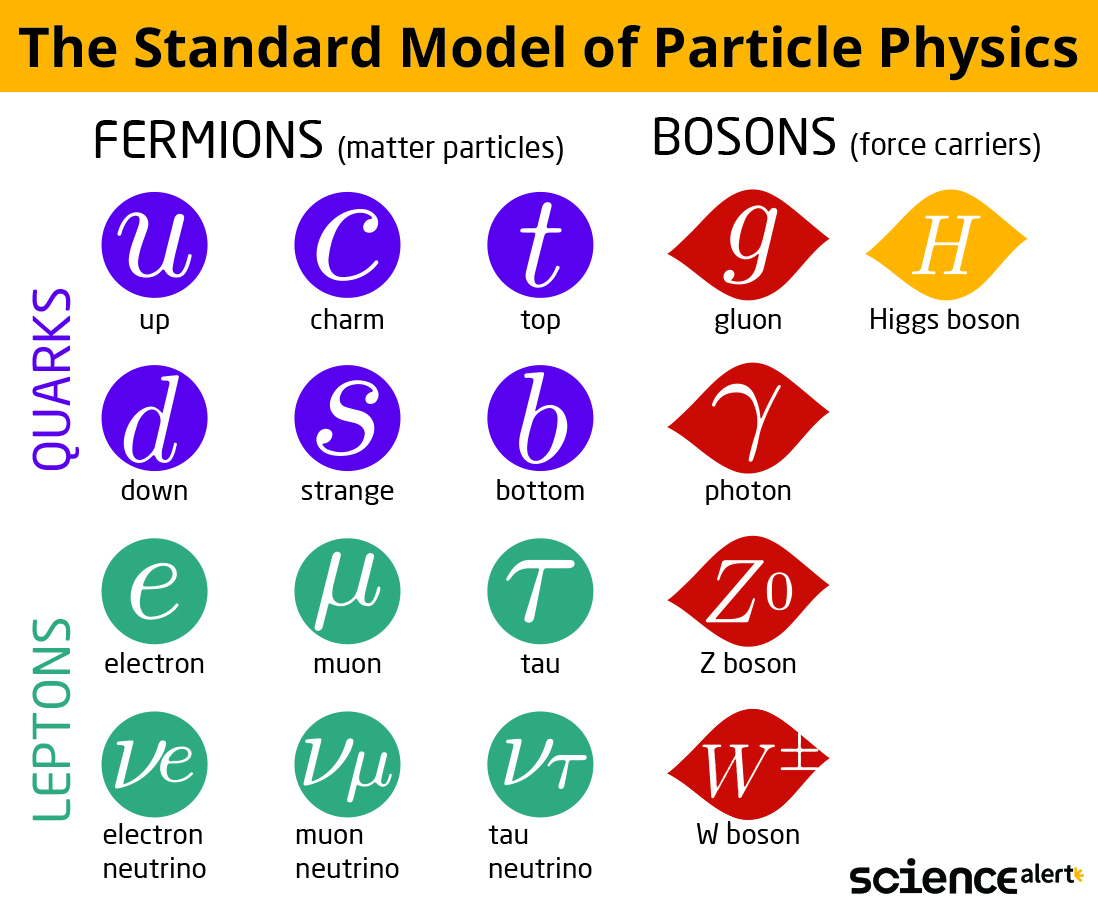Through painstaking work, scientists have found evidence of a quasiparticle that was first imagined as a hypothesis almost 50 years ago: the odderon.
The odderon is a combination of subatomic particles rather than a new fundamental particle – but it does act like the latter in some respects, and the way it fits into the fundamental building blocks of matter makes the discovery a huge moment for physicists.
The odderon was finally revealed through a detailed analysis of two groups of data, hitting the 5 sigma chance of probability researchers use as a threshold.
"This means that if the odderon did not exist, the probability that we observe an effect like this in the data by chance would be 1 in 3.5 million," says physicist Cristian Baldenegro from the University of Kansas.
Particles like protons and neutrons are made up of smaller subatomic particles: put simply, quarks are 'stuck together' with the force-carrying gluons. Smacking protons together in a particle accelerator gives us an opportunity to glimpse into their gluon-laden guts.

When two protons are smashed together but somehow survive the encounter, this interaction - a type of elastic scattering - can be explained by the protons exchanging either an even or odd number of gluons.
If that number is even, it's the work of a pomeron quasiparticle; the other option – which seems to happen much less often – is an odderon quasiparticle, a compound with an odd number of gluons.
Until now, scientists have been unable to spot odderons in experiments, even though theoretical quantum physics has suggested they should exist.
Here, researchers crunched the numbers on a vast set of data from the Large Hadron Collider (LHC) particle accelerator at CERN in Switzerland and the Tevatron particle accelerator at Fermilab in the US.
Millions of data points were studied to compare proton-proton or proton-antiproton collisions, until the scientists were convinced they'd seen results - an odd-numbered gluonic compound - that would only be possible if the odderon existed.
The comparison between the two types of collisions revealed a distinct difference in energy being exchanged - that difference is evidence of the odderon. The team then combined more precise measurements from a previous experiment in 2018 that ruled out some of the uncertainties, allowing them to reach the high certainty level of detection for the first time.
This discovery also helps fill in some of the gaps in the modern idea of quantum chromodynamics or QCD, the hypothesis of how quarks and gluons interact at the smallest level. We're talking about the state of matter at the smallest scales, and how everything in the Universe gets put together.
What's more, the specialized technology developed to help track down the odderon could have a variety of other uses in the future, the researchers say: in medical instruments, for example.
While this research doesn't answer every question about the odderon and how it functions, it's the best proof yet that it exists. Future particle accelerator experiments will be able to add further confirmation, and no doubt raise a few more questions.
"Searching for signatures of the odderon is a very different task in comparison to what is traditionally done in particle physics," Baldenegro said.
"For instance, in searching for the Higgs boson or the top quark, one looks for a 'bump' over a smooth invariant mass distribution, which is already very challenging. The odderon, on the other hand, has much more subtle signatures. This has made the hunt for the odderon so much more challenging.''
The paper has been submitted for publication in Physical Review Letters and is available as a preprint on arXiv; connected research has been published in the European Physical Journal C.
#Physics | https://sciencespies.com/physics/after-50-years-physicists-confirm-the-existence-of-an-elusive-quasiparticle/
No comments:
Post a Comment